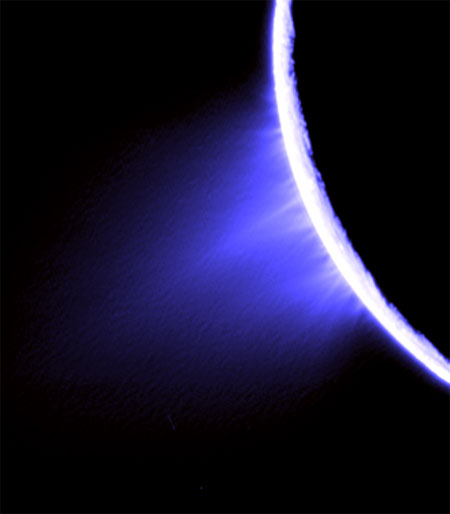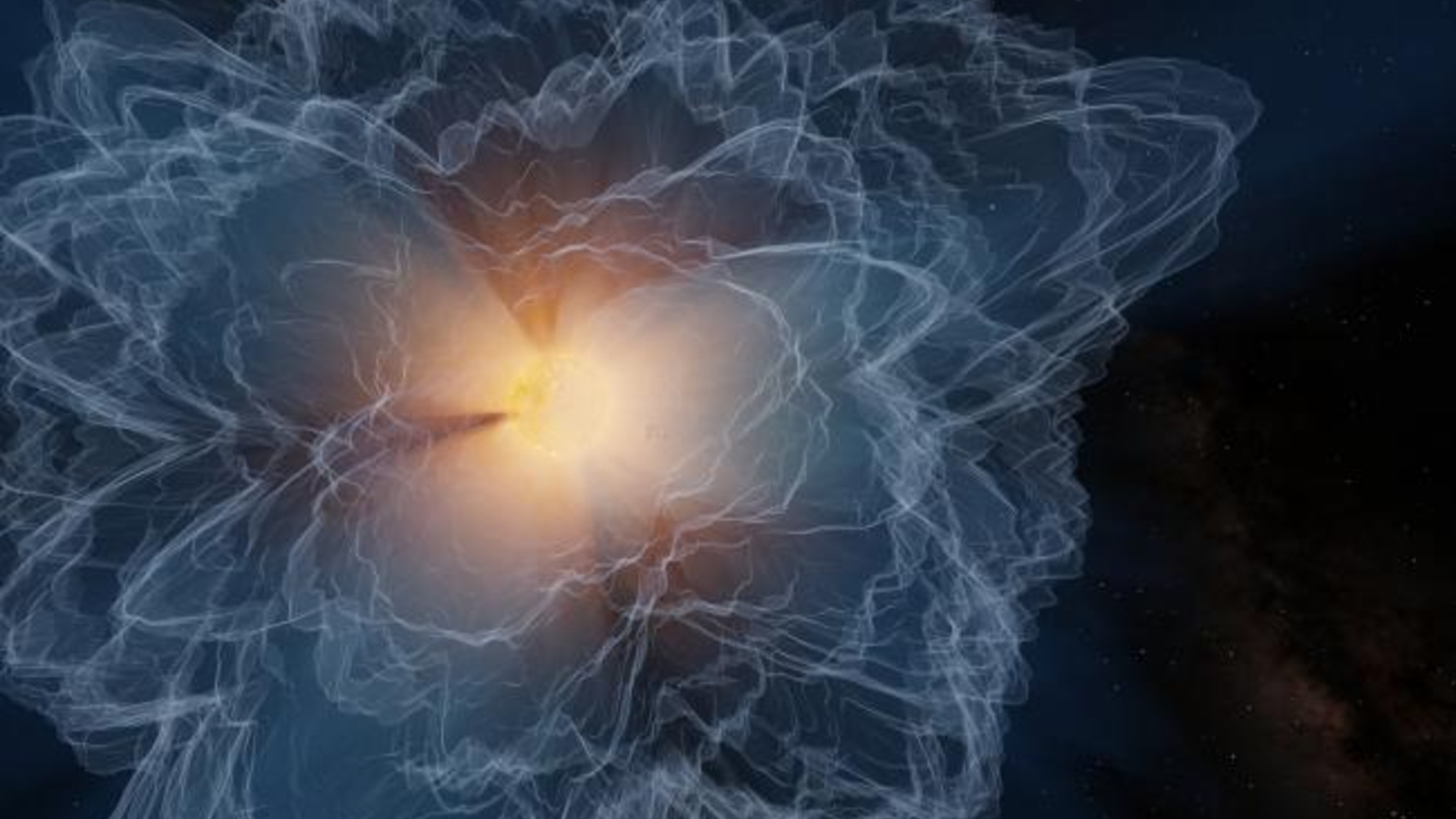NASA Extends Cassini Probe's Mission at Saturn

The Cassini-Huygensspacecraft's mission at Saturn has been extended by two years, NASA announcedtoday, allowing the plucky probe to continue scouting the planet and its exoticmedley of moons.
Launched inOctober 1997, the nuclear-powered Cassinispacecraft spent seven years journeying to Saturn and has orbited theringed planet since June 2004. The mission's end was originally set for July2008.
"Thisextension is not only exciting for the science community, but for the world tocontinue to share in unlocking Saturn's secrets," said Jim Green, directorfor NASA's Planetary Science Division in Washington.
"Newdiscoveries are the hallmarks of its success, along with the breathtakingimages beamed back to Earth that are simply mesmerizing," Green added.
Extrainnings
Titan,Saturn's orange-tinged moon that is now thought to harbor a hiddenocean, will receive 26 more close encounters while ice-spewing Enceladus ?also suspected of hiding liquid water ? is slated for seven more visits.
Cassini'slatest flybyof Enceladus took the spacecraft within 32 miles (52 km) of themoon's surface, but an upcoming visit is expected to outdo that encounter at amere 15 miles (24 km) from its crust.
Breaking space news, the latest updates on rocket launches, skywatching events and more!
Scientists thinkTitan and Enceladus may help construct a picture of what Earth was like beforelife appeared here, as both moons have been shown to harbor precursors of life.
"Whenwe designed the original tour, we really did not know what we would find,especially at Enceladus and Titan," said Dennis Matson, the JPL Cassiniproject scientist. "This extended tour is responding to these new discoveriesand giving us a chance to look for more."
In additionto one flyby a piece for the moons Dione, Rhea and Helene, the extension alsoincludes more planned peeks at Saturn, its mysterious rings and the gas giant's magnetosphere.
Built tolast
Aside froma few instrument glitches, mission managers said the probe is in good shape.
"Thespacecraft is performing exceptionally well and the team is highly motivated,so we're excited at the prospect of another two years," said Bob Mitchell,Cassini program manager at NASA's Jet Propulsion Laboratory in Pasadena, Calif.
If missionmanagers decide to extend Cassini's journey yet again in 2010, the craft shouldhave enough propellant to handle a third mission phase.
Sincearriving at Saturn, Cassini has beamed back nearly 140,000images during 62 revolutions around the planet and more than 50 flybys ofits moons.
Althoughoperated by NASA, the European Space Agency and the Italian Space Agency, NASArounded up the $160 million to fund the extension that will nearly double Cassini'sorbits around Saturn as well as moon flybys.
The space agencieshave spent a collective $3.27 billion designing, launching and operating thespacecraft, which sent the Huygens probe to Saturn's moon Titan in early 2004. NASA contributed the lion's share of the Cassini-Huygens program's cost at $2.6 billion.
- VIDEO: Enceladus, Cold Faithful
- IMAGES: Cassini's Latest Discoveries
- Special Report: Cassini's Mission to Saturn
Dave Mosher is currently a public relations executive at AST SpaceMobile, which aims to bring mobile broadband internet access to the half of humanity that currently lacks it. Before joining AST SpaceMobile, he was a senior correspondent at Insider and the online director at Popular Science. He has written for several news outlets in addition to Live Science and Space.com, including: Wired.com, National Geographic News, Scientific American, Simons Foundation and Discover Magazine.
